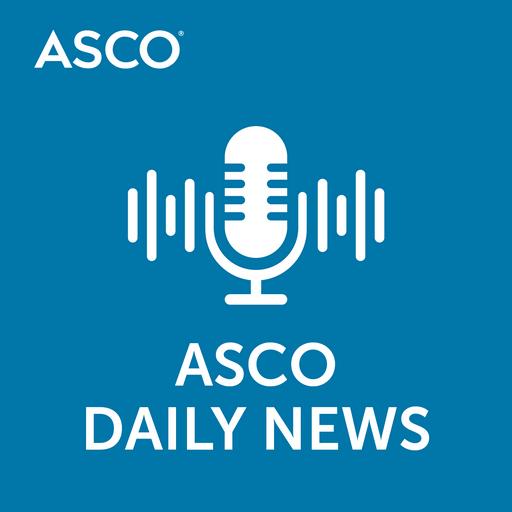
6 Mar 2025 10:00
Emerging Therapies in Acute Myeloid Leukemia
Dr. John Sweetenham and Dr. James Foran discuss the evolving treatment landscape in acute myeloid leukemia, including new targeted therapies, advances in immunotherapy, and the current role for allogeneic transplantation.
TRANSCRIPT
Dr. John Sweetenham: Hello, I'm Dr. John Sweetenham, the host of the ASCO Daily News Podcast. There has been steady progress in the therapies for acute myeloid leukemia (AML) in recent years, largely based on an increasing understanding of the molecular mechanisms which underlie the disease. On today's episode, we'll be discussing the evolving treatment landscape in AML. We'll explore risk group stratification, new targeted therapies, advances in immunotherapy for AML, and also a little about the current role for allogenic transplantation in this disease.
I'm delighted to welcome Dr. James Foran to this discussion. Dr. Foran is a professor of medicine and chair of the Myeloid Malignancies and Blood and Marrow Transplant Disease Group at the Mayo Clinic Comprehensive Cancer Center. He's based in Jacksonville, Florida.
Our full disclosures are available in the transcript of this episode.
James, it's great to have you join us on the podcast today, and thanks so much for being here.
Dr. James Foran: I'm delighted and thank you for the invitation. Thank you very much.
Dr. John Sweetenham: Sure, James, let's get right into it. So, our understanding of the molecular mechanisms underlying AML has resulted not only in new methods for risk stratification in this disease, which have added refinement to cytogenetics, but also has resulted in the development of many new targeted agents. Understanding that this is a complex area of investigation, and our time is somewhat limited, can you give us a high-level update on the current state of the art in terms of how risk factors are being used for treatment selection now?
Dr. James Foran: Absolutely. I think in the past, you know, we had things broken down pretty simply into make a diagnosis based on morphology, do cytogenetics, break patients into the groups of those who were more likely to benefit from therapy – so-called favorable risk – those where the intensive therapies were less likely to work – so-called poor adverse risk, and then this large intermediate group that really had variable outcomes, some better, some worse. And for a long time, the progress was in just identifying new subtle cytogenetic risk groups. And then, late 1990s, we began to understand that FLT3 mutations or NRAS mutations may be more adverse than others that came along. In the first part of this millennium, in the, you know, 2000-2010 range, a lot of work was being done to understand better or worse risk factors with single genes. The ability to do multiplex PCR, and then more recently NGS platforms, have allowed us to really look at many genes and identify many mutations in patients. At the beginning that was used just to sort of refine – who did a little better, who did a little worse with intensive therapy – helped us decide who may bene
